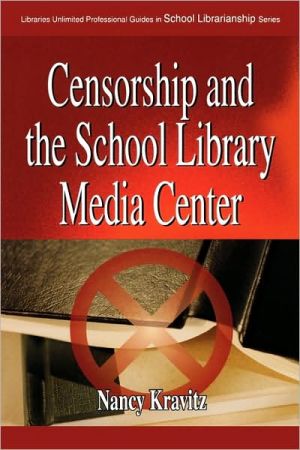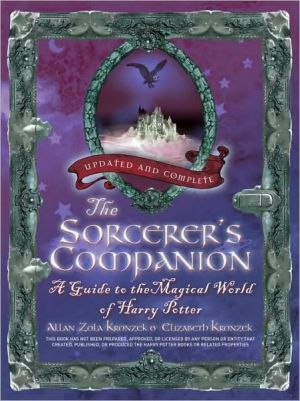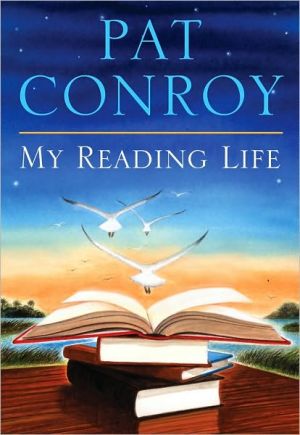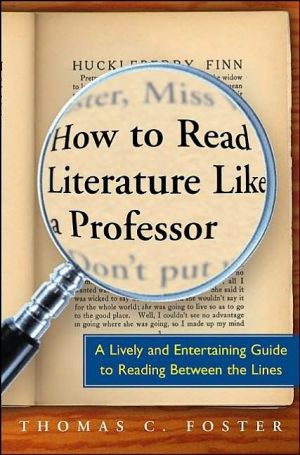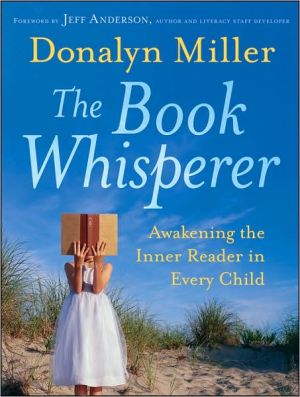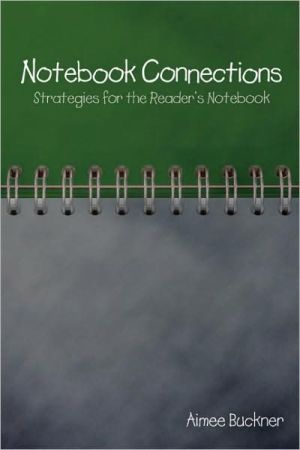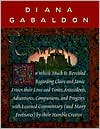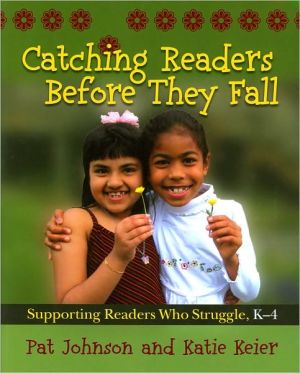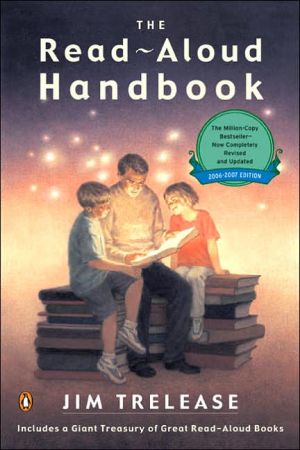Censorship And The School Library Media Center
This book is an essential text if you seek information about censorship in schools and school libraries. The author takes you from the beginning of public education to current issues involving censorship, with detailed descriptions of the materials that are censored and explanations of why they are censored. Also included is a discussion of censorship incidents, court cases, and federal legislation such as the Children's Internet Protection Act.
Search in google:
Presents censored materials, censorship incidents, court cases, and federal legislation, including the children's Internet Protection Act.Ed Sullivan - VOYAAlthough the author is not a school library media specialist, she demonstrates a good grasp of the intellectual freedom issues specific to school libraries. The book opens with a discussion of the various types of challenges that arise from parents, political and religious groups, internal groups, and groups that oppose censorship. Not enough attention is given to the issue of internal censorship in school libraries, which is probably more prevalent than challenges that come from outside. The book also offers a historical perspective on censorship and explains case law on obscenity. Textbook censorship is also covered. The author stresses the importance of selection policies and procedures for print and electronic materials and addresses issues raised by the Internet. Appendixes include samples of important documents such as the "Library Bill of Rights," a list of the one hundred most frequently challenged books, and a directory of organizations for and against intellectual freedom. The book offers a good introduction to the essential issues and historical background of censorship. It is a good choice for professional collections. 2002, Libraries Unlimited, 240p.; Index. Illus. Biblio., pb. Ages adult professional.
Acknowledgments1Introduction12Who and Why53A Historical Perspective234Cases in Law515Challenged Material676Policies and Procedures1037Today's Issues1218In Defense of Intellectual Freedom1439Conclusion155Selected Bibliography159App. A163App. B177App. C191App. D201App. E205App. F207Author/Title Index209Subject Index215About the Author223
\ VOYAAlthough the author is not a school library media specialist, she demonstrates a good grasp of the intellectual freedom issues specific to school libraries. The book opens with a discussion of the various types of challenges that arise from parents, political and religious groups, internal groups, and groups that oppose censorship. Not enough attention is given to the issue of internal censorship in school libraries, which is probably more prevalent than challenges that come from outside. The book also offers a historical perspective on censorship and explains case law on obscenity. Textbook censorship is also covered. The author stresses the importance of selection policies and procedures for print and electronic materials and addresses issues raised by the Internet. Appendixes include samples of important documents such as the "Library Bill of Rights," a list of the one hundred most frequently challenged books, and a directory of organizations for and against intellectual freedom. The book offers a good introduction to the essential issues and historical background of censorship. It is a good choice for professional collections. 2002, Libraries Unlimited, 240p.; Index. Illus. Biblio., pb. Ages adult professional. \ —Ed Sullivan\ \
